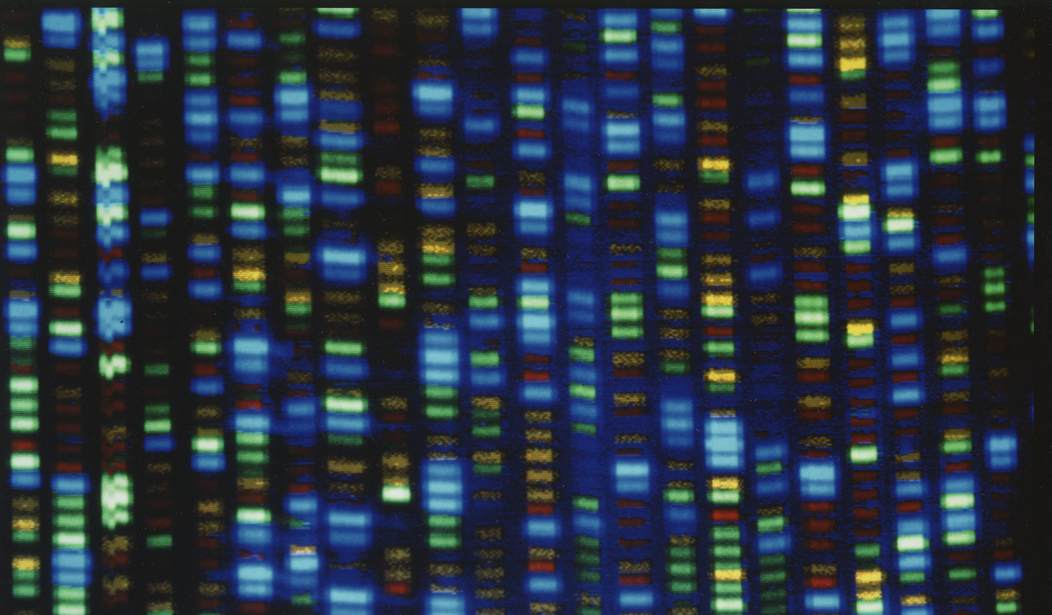Ethics questions galore! File this under “we have established that we could, but have to ask whether we should.”
Scientists have created synthetic human embryos using stem cells, in a groundbreaking advance that sidesteps the need for eggs or sperm.
Scientists say these model embryos, which resemble those in the earliest stages of human development, could provide a crucial window on the impact of genetic disorders and the biological causes of recurrent miscarriage.
However, the work also raises serious ethical and legal issues as the lab-grown entities fall outside current legislation in the UK and most other countries.
If that last sentence isn’t the understatement of the month, it will do until a better one comes along. The legal issues there are concerning and are described here, but it’s the ethical issues that are far more difficult to deal with. This work, while it may yield valuable insights into how genes drive the development of mammal embryos, is ethically fraught. And while this is a question of biology, the implications are far more serious (yes, really) than the most commonly argued question from biology today.
Granted, you can’t put a genie back in the bottle. This kind of knowledge, genetic knowledge, will only expand. And the ability to manipulate genetics presents some frightening possibilities.
The structures do not have a beating heart or the beginnings of a brain, but include cells that would typically go on to form the placenta, yolk sac and the embryo itself.
Prof Magdalena Żernicka-Goetz, of the University of Cambridge and the California Institute of Technology, described the work in a plenary address on Wednesday at the International Society for Stem Cell Research’s annual meeting in Boston.
“We can create human embryo-like models by the reprogramming of [embryonic stem] cells,” she told the meeting.There is no near-term prospect of the synthetic embryos being used clinically. It would be illegal to implant them into a patient’s womb, and it is not yet clear whether these structures have the potential to continue maturing beyond the earliest stages of development.
Half the battle in research is discovering whether a thing is possible. Once it’s established that a thing can be done, somewhere, somehow, it will be done. Once the knowledge is out there, it’s just a matter of putting together the right equipment and some capable technicians. China certainly has that capability.
Our understanding of genetics began with Gregor Mendel and has only been increasing since. We can now, with DNA methylation, even reconstruct what someone may have looked like (very, very approximately) from DNA alone. But we’re treading new ground with the embryonic research described here, and there’s no telling where it may end, from ‘designer babies’ for the wealthy to genetically-engineered monsters produced by rogue regimes.
Of course, the only way anyone will ever know if these ‘structures’ will continue maturing is to let them mature, and that may well mean implanting them. In a woman. A human woman. Oh, I think there’s little chance of that happening in the Western world, but in China? North Korea? Iran?
We aren’t quite there yet:
There is also a significant unanswered question on whether these structures, in theory, have the potential to grow into a living creature. The synthetic embryos grown from mouse cells were reported to appear almost identical to natural embryos. But when they were implanted into the wombs of female mice, they did not develop into live animals. In April, researchers in China created synthetic embryos from monkey cells and implanted them into the wombs of adult monkeys, a few of which showed the initial signs of pregnancy but none of which continued to develop beyond a few days. Scientists say it is not clear whether the barrier to more advanced development is merely technical or has a more fundamental biological cause.
“That’s very difficult to answer. It’s going to be hard to tell whether there’s an intrinsic problem with them or whether it’s just technical,” (Robin Lovell-Badge, the head of stem cell biology and developmental genetics at the Francis Crick Institute in London) said. This unknown potential made the need for stronger legislation pressing, he said.
My guess (and my knowledge here is a bit out of date) is that there is something going on with hox genes or the entire homeobox that we don’t yet understand.
Stronger legislation may work in the United Kingdom, and in the United States. The world of science has always been open; one of the primary principles of scientific method, properly applied, is to publish data and results and see if others can reproduce your work and arrive at the same result. This reproducibility is one of the hallmarks of (actual) science, which I hasten to add, is a tool, not an agenda, not a political movement. So information, data, once produced, is going to get out. And, inevitably, information makes its way to the wrong people.
So, I have some ethics questions.
- At what point in the work described above does continuation become unethical? From the very start? With the production of something that resembles an embryo? With a viable embryo?
- What form will the legislation advocated by Dr. Lovell-Badge take, and what enforcement mechanisms will be in place? Will the primary purpose of this legislation be to enforce an ethical code? If so, who decides what is ethical?
- What steps, if any, can we take to prevent these techniques from falling into the wrong hands?
- At what point does work in genetics in general become unethical? At studying how phenotypes result from alleles? At repairing the genomes of humans with genetic disorders? At designing selected features into human embryos? At creating genetically-engineered organisms from scratch?
- How do we prevent weaponization of genetic knowledge?
This last question is the big one, isn’t it? Most of the worst-case ideas I ask about are not yet possible. Focus on the “yet.” Predictions are notoriously hard to make, especially when they’re about the future, and we just don’t know where any line of inquiry might lead; we’re on uncharted ground. But what’s concerning here is what is possible, now, especially for anyone who has been paying attention since about March of 2020. We can already manipulate the genes of viruses and bacteria, and that could yield horrifying results.
Genetic research is valuable. It has the potential to ease human suffering in a million ways. Genetic engineering has already produced crops with the potential to make marginal land bloom and feed millions, and we’re not far away from being able to repair the genomes of people with serious genetic disorders. Understanding how embryos develop could also help us to learn to prevent life-threatening genetic disorders before development, or even to repair dangerous recessives in adults before they are passed on. But, as with everything, there is a dark side, a dangerous side, and make no mistake, the dangerous side of genetic research is more dangerous than any other area humans have yet studied. Just what we already know, now, has enormous significance.
Years ago, when I wore Uncle Sam’s colors, we did regular training on NBC – Nuclear, Biological and Chemical Warfare. We euphemistically referred to it as “Nukes, Bugs and Gas.” Being already conversant in biology, the more I learned about NBC weapons, the more the bugs side of it scared me — and it still does, more than ever. If a nuke goes off, it goes off, and aside from lingering radiation, it’s over. If you are hit with gas, the gas is at its most lethal at the moment of dispersal, and then begins to break down, some faster than others. But bugs? They are self-spreading, self-replicating, and have the potential to make the Black Death look like a Sunday-school picnic.
I’ve been saying this for some years now: World War One was the war of chemistry. World War Two was the war of physics. World War Three will be the war of biology, and there’s no telling where that may lead.















